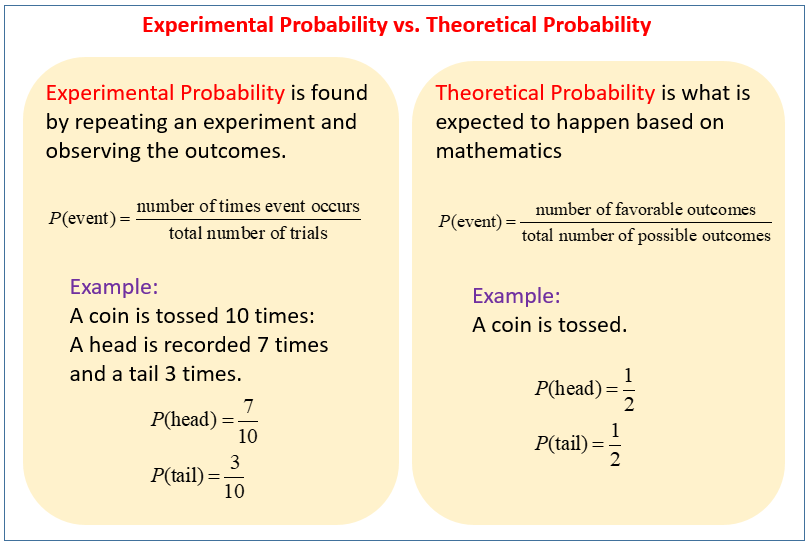Today We Discussed:
We expanded our work on functions today with an exploration of graphing. We discussed three different ways to view a function (as an equation, as a table, and as a graph). We played around with linear, absolute value, and quadratic functions.One aspect of functions that is nice is that we can pick what values to use for our domain, and this is especially helpful when dealing with functions containing fractions. We can pick numbers for the domain that multiply to give us whole numbers, to make our graphs easier to draw. I will continue to reinforce to students to choose wisely when picking values for the domain.
We also discussed the generic shapes of the three types of functions we talked about. Linear functions will create a line; absolute value functions will generate a "V"; quadratic equations will generate a "U" or what is called a parabola.
Vocabulary: independent variable, dependent variable
Sections Covered in Textbook:
5-3: Function Rules, Tables, and Graphs (pages 247 - 252)
Resources & Tutorials:
1) How do you graph a linear function using a table?2) Graph an absolute value function from a table.
3) Graph quadratic function from a table.
4) 6 Mini-Coordinate Planes for Graphing











